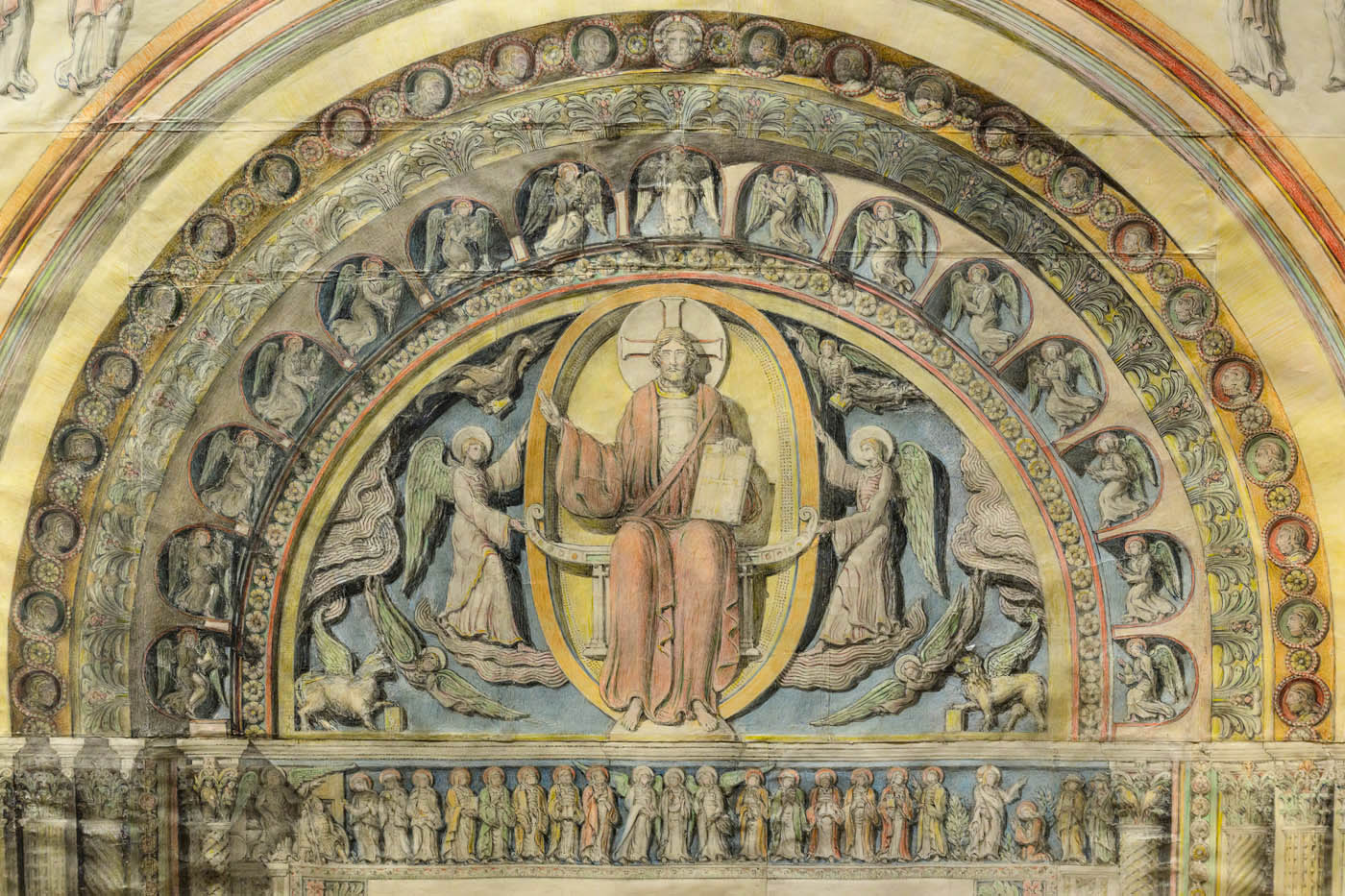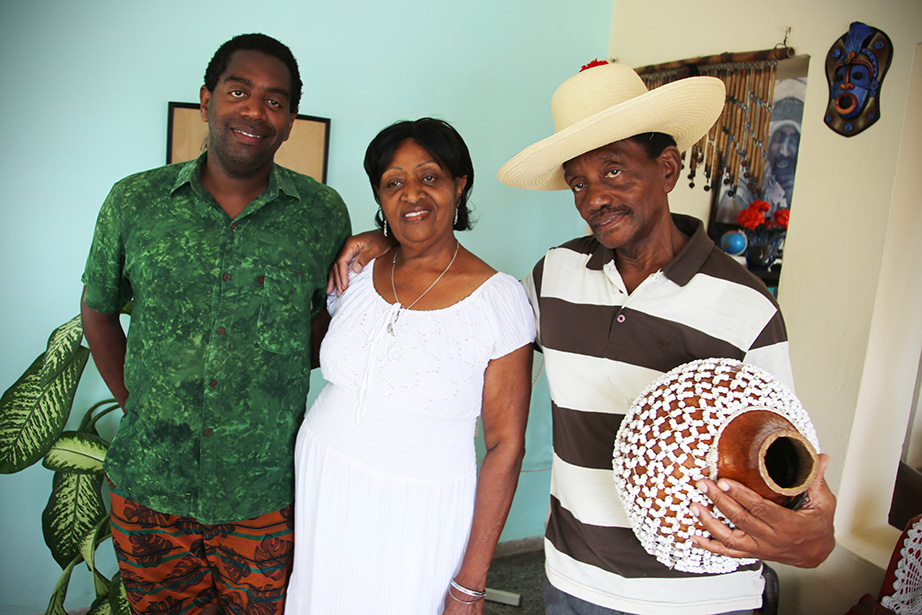Kenneth Conant Medieval Architecture stands as a pivotal exploration into the remnants of the past, particularly through the lens of the magnificent Cluny III abbey. Once the largest building in Europe, this Benedictine abbey is a testament to the grandeur of medieval architecture and the intricate history that accompanied its existence. Conant, an esteemed architectural historian, dedicated his life to reconstructing Cluny III from mere ruins, showcasing his tireless research and innovative approaches, including the use of 3D models medieval technology. The ongoing exhibition, “Envisioning Cluny: Kenneth Conant and Representations of Medieval Architecture, 1872–2025,” brings to light his mesmerizing journey, allowing visitors to engage with the architectural marvels of the past. As we delve into this medieval architecture exhibit, we uncover the evolving methods historians and architects employ to resurrect the spirit of a once-majestic structure.
The compelling narrative of medieval design is vividly captured through the studies surrounding Cluny III, the monumental Benedictine abbey that crowned the landscape of rural France. This exploration not only involves the physical reconstruction of historical buildings but also encompasses the transformative journey undertaken by scholars like Kenneth Conant. By examining architectural nuances and employing modern visualization tools, such as detailed 3D renderings, the essence of these ancient structures is more accessible than ever before. The exhibition, themed around medieval architectural practices, invites both enthusiasts and scholars alike to witness the evolution of our understanding of monumental edifices like Cluny III. Through a blend of historical evidence and contemporary technology, the legacy of medieval opus lays bare for all to experience.
The Legacy of Kenneth Conant in Medieval Architecture
Kenneth Conant’s profound dedication to reconstructing Cluny III abbey marks a pivotal moment in the study of medieval architecture. His meticulous research transformed mere fragments of the abbey into a vivid visualization of what once stood as the largest building in Europe. Conant’s ability to combine archaeological evidence with artistic imagination allowed him to recreate the essence of Cluny III, underscoring the importance of architectural historians in preserving and understanding our cultural heritage. As architectural historians continue to study structures like the Cluny abbey, they delve into the mysteries of the past, revealing the intricate narratives that these monumental buildings hold.
The legacy of Conant is further illustrated through the ongoing exhibition, “Envisioning Cluny: Kenneth Conant and Representations of Medieval Architecture, 1872–2025”. This exhibit showcases not only his pioneering efforts but also the evolution of architectural studies from hand-drawn sketches to modern 3D models. The integration of contemporary technology, such as virtual reality and digital reconstruction, provides new dimensions to architectural analysis, allowing scholars and enthusiasts alike to engage with medieval structures in ways that were previously unimaginable.
Exploring Cluny III Abbey’s Architectural Significance
The Cluny III abbey remains an architectural marvel of the medieval era, exemplifying the height of monastic design and spirituality. Built by Benedictine monks in the 11th century, its construction was a feat that showcased the ambitions of the Abbey of Cluny, which housed nearly 1,000 monks during its peak. The abbey’s dimensions—over 500 feet long and 100 feet high—reflect the grandeur desired by its founders, and its intricate design elements, including the iconic capitals, tell stories of devotion and artistry. As more than just a religious center, Cluny III served as a blueprint for other monastic structures across Europe, establishing a stylistic lineage that would influence generations.
Despite its ruinous state post-French Revolution, the remnants of Cluny III continue to captivate scholars and visitors, drawing them into a historical narrative rich with cultural significance. The exhibit at Harvard not only highlights Conant’s role in piecing together this narrative but also emphasizes the relevance of medieval architecture in today’s discourse. The interactive use of 3D models allows for a deeper exploration of the abbey’s architectural features, inviting viewers to appreciate the innovation and craftsmanship that characterized this prolific period.
The Technological Transformation of Architectural Historiography
The journey from traditional techniques to modern technology in architectural historiography is exemplified in the study of Cluny III. In Conant’s time, historians relied heavily on plaster casts and drawings to interpret ancient structures. However, the advent of photogrammetry and 3D scanning has revolutionized how we understand architectural fragments. The ability to create digitally-rendered models from hundreds of photographs allows for unprecedented interaction with the remnants of the Cluny capitals. Today’s scholars can rotate, magnify, and analyze details that Conant and his contemporaries could merely speculate upon.
This technological metamorphosis not only enriches the academic field but also democratizes access to historical architecture. Through virtual exhibitions and digital models showcased in the current exhibit, the stories of the Cluny abbey come alive, enabling a broader audience to connect with medieval architecture. By using emerging technologies, architects and historians can utilize Kenneth Conant’s foundational work as a springboard for further discoveries, allowing new generations to envision the complexities and beauty of medieval constructions.
The Enduring Allure of the Cluny Capitals
The eight capitals discovered at Cluny III serve as both artistic masterpieces and enduring puzzles within the realm of medieval art history. Each capital, adorned with elaborate motifs, provides insights into the symbolism and beliefs prevalent during the Romanesque period. While their exact meanings remain open to interpretation, scholars like Christine Smith highlight the capitals’ importance in understanding the intricate relationship between art and monastic life. Speculation around their themes—be it the seasons or the winds—continues to stimulate discussions on the narratives encapsulated in medieval sculpture.
Conant’s fascination with these capitals underscores the significance of such remnants in reconstructing the broader narratives of the Cluny abbey. As researchers engage in dissecting these designs, they acknowledge the hybrid nature of medieval sculpture, where narrative and theme intertwine. This exploration has transformed into a collaborative effort involving modern technology, allowing scholars to visualize, analyze, and even digitally reconstruct these capitals to unearth new insights, further enhancing our understanding of medieval craftsmanship and ideation.
The Role of Interactivity in Heritage Exhibitions
In the age of digitalization, interactive exhibitions play a crucial role in making history accessible and engaging. The exhibit featuring Kenneth Conant’s work on Cluny III abbey exemplifies this trend by utilizing 3D models that allow attendees to explore the caps and architectural details hands-on. This interactivity not only captivates the audience but also deepens their understanding of the structures’ historical contexts and architectural significance, something that static images and artifacts often cannot achieve.
Moreover, these interactive elements cater to diverse learning styles, enabling individuals to engage with history in a more personal and meaningful way. Visitors to the exhibit can manipulate the 3D models, facilitating a tangible connection with the past that aligns with contemporary educational methods. As exhibitions like this evolve, they demonstrate the vital intersection of technology and heritage studies, promising a future where architecture and history are not merely observed but experienced.
The Influence of Cluny III on Modern Architecture
The architectural advancements brought forth by Cluny III left an indelible mark on modern building practices. Its grand scale and innovative design elements pushed the boundaries of medieval architecture, inspiring the construction styles of subsequent generations both within ecclesiastical settings and beyond. As contemporary architects delve into historical precedents, the lessons learned from structures like Cluny III inform current design philosophies, emphasizing the necessity of functionality intertwined with aesthetic principles.
In examining how Cluny III set the stage for later architectural movements, one must consider its ability to adapt traditions while integrating new techniques. The blending of these elements resonates within today’s architectural endeavors, fueled by both historical context and modern technology. The evolution of building practices rooted in the legacy of such monumental abodes continues to influence the contours of contemporary architecture, illustrating the timeless nature of innovation.
Kenneth Conant’s Impact on Architectural Research
Kenneth Conant’s contributions extend far beyond the walls of Cluny III; his methodologies and insights have profoundly shaped architectural research practices. By merging rigorous archaeological investigation with artistic representation, he laid the groundwork for a more nuanced understanding of medieval structures. Recognizing the importance of context, Conant’s work emphasizes the need to capture not just the physical remnants of architecture but also the cultural narratives that they embody. This holistic approach has paved the way for future scholars to engage in interdisciplinary research that encompasses history, art, and technology.
Today, architectural historians and students continue to reap the benefits of Conant’s pioneering spirit. His strategies in visual documentation and interpretation have inspired similar techniques that harness the power of technology to uncover architectural details previously shrouded in mystery. As the field evolves, Conant’s legacy serves as a reminder of the importance of imagination and inquiry in understanding our architectural heritage—a principle that remains vital for researchers striving to bridge the past and the future.
The Cultural Importance of Monastic Architecture
Monastic architecture, exemplified by the grandeur of Cluny III, holds a significant place in cultural history, representing the intersection of spirituality and artistry. These structures were not merely places of worship; they served as centers for learning, community, and innovation. The architectural choices made by Benedictine monks like those at Cluny reflected their values of simplicity, humility, and devotion to God, yet they also encased a rich tapestry of artistic expression and communal identity.”},{
Frequently Asked Questions
What impact did Kenneth Conant have on our understanding of Cluny III abbey’s medieval architecture?
Kenneth Conant significantly advanced our understanding of Cluny III abbey’s medieval architecture by meticulously reconstructing its original form. Conant’s detailed illustrations and research during the 1920s helped scholars visualize the grandeur of the Benedictine abbey, which was in ruins after the French Revolution. His work laid the groundwork for the current exhibition, highlighting technological advancements in architectural study.
How does the ‘Envisioning Cluny’ exhibit showcase Kenneth Conant’s contributions to medieval architecture?
The ‘Envisioning Cluny’ exhibit at Harvard highlights Kenneth Conant’s contributions by tracing his journey to reconstruct Cluny III abbey through various mediums, including hand-drawn sketches, photographs, and modern 3D models. This exhibition reflects how Conant’s detailed studies combined with contemporary digital technologies illuminate our understanding of medieval architecture.
What are the key features of Cluny III abbey that Kenneth Conant aimed to reconstruct?
Kenneth Conant focused on reconstructing key features of Cluny III abbey, such as its vast dimensions, architectural details, and decorative capitals. His efforts aimed to capture the essence of this monumental Benedictine abbey, which stood as a testament to the grandeur of medieval architecture for over 700 years before its destruction.
How has modern technology changed the study of medieval architecture compared to Kenneth Conant’s time?
Modern technology has revolutionized the study of medieval architecture by allowing for the creation of 3D models and digital reconstructions, a stark contrast to Kenneth Conant’s reliance on sketches and physical casts. These advanced tools enable scholars and students to interact with architectural designs, analyze features in-depth, and explore structures like Cluny III abbey in ways that were previously impossible.
What are the Cluny capitals, and why are they significant in Kenneth Conant’s studies?
The Cluny capitals are significant architectural remnants that Kenneth Conant studied closely. These eight decorative tops of columns, discovered at Cluny III abbey, feature intricate designs and provide insight into Romanesque artistry. Conant’s research offered interpretations of these capitals, linking them to broader themes in medieval architecture and monastic life.
What can visitors expect to learn from the ‘Envisioning Cluny’ exhibition about Kenneth Conant and medieval architecture?
Visitors to the ‘Envisioning Cluny’ exhibition can expect to learn about Kenneth Conant’s groundbreaking work in reconstructing the Cluny III abbey, the evolution of medieval architecture studies, and how technology enhances our understanding of historical structures. The exhibit showcases both Conant’s meticulous research and the modern methods that bring medieval architectural history to life.
What was Kenneth Conant’s approach to imagining the original design of Cluny III abbey?
Kenneth Conant approached the task of imagining the original design of Cluny III abbey with an idealistic vision, utilizing his extensive research and excavations. He created precise illustrations based on comparative studies of similar medieval structures, striving to depict Cluny as it might have appeared before its destruction, incorporating details of light, color, and spatial experience.
| Key Points |
|---|
| Exhibit Overview – The exhibit focuses on Kenneth Conant’s efforts to reconstruct Cluny III, showcasing the evolution of understanding medieval architecture from sketches to modern technology. |
| Cluny III History – Originally built in 1088, Cluny III was a significant architectural structure, demolished after the French Revolution. |
| Kenneth Conant’s Work – Conant dedicated years to understanding and reconstructing Cluny III, using excavations and comparisons with similar structures. |
| Technological Advancements – The exhibit highlights modern tools like 3D modeling, enabling deeper exploration of Cluny III’s design and structure. |
| Mysterious Capitals – The eight capitals discovered at the site remain subjects of study, with their purposes and origins unclear. |
Summary
Kenneth Conant Medieval Architecture is brought to life through the exhibit ‘Envisioning Cluny,’ which encapsulates the extraordinary efforts of an architectural historian to reconstruct one of medieval Europe’s grandest buildings, the Cluny abbey. Visitors can explore how Conant’s idealistic vision and modern technological advancements, such as 3D imaging, allow a new generation to engage with architectural history. This exhibit not only highlights Conant’s contributions but also the ongoing allure and mystery surrounding the remnants of Cluny III and its exquisite capitals.



